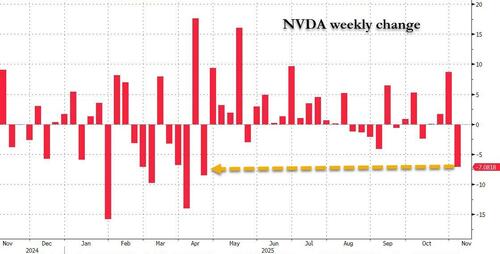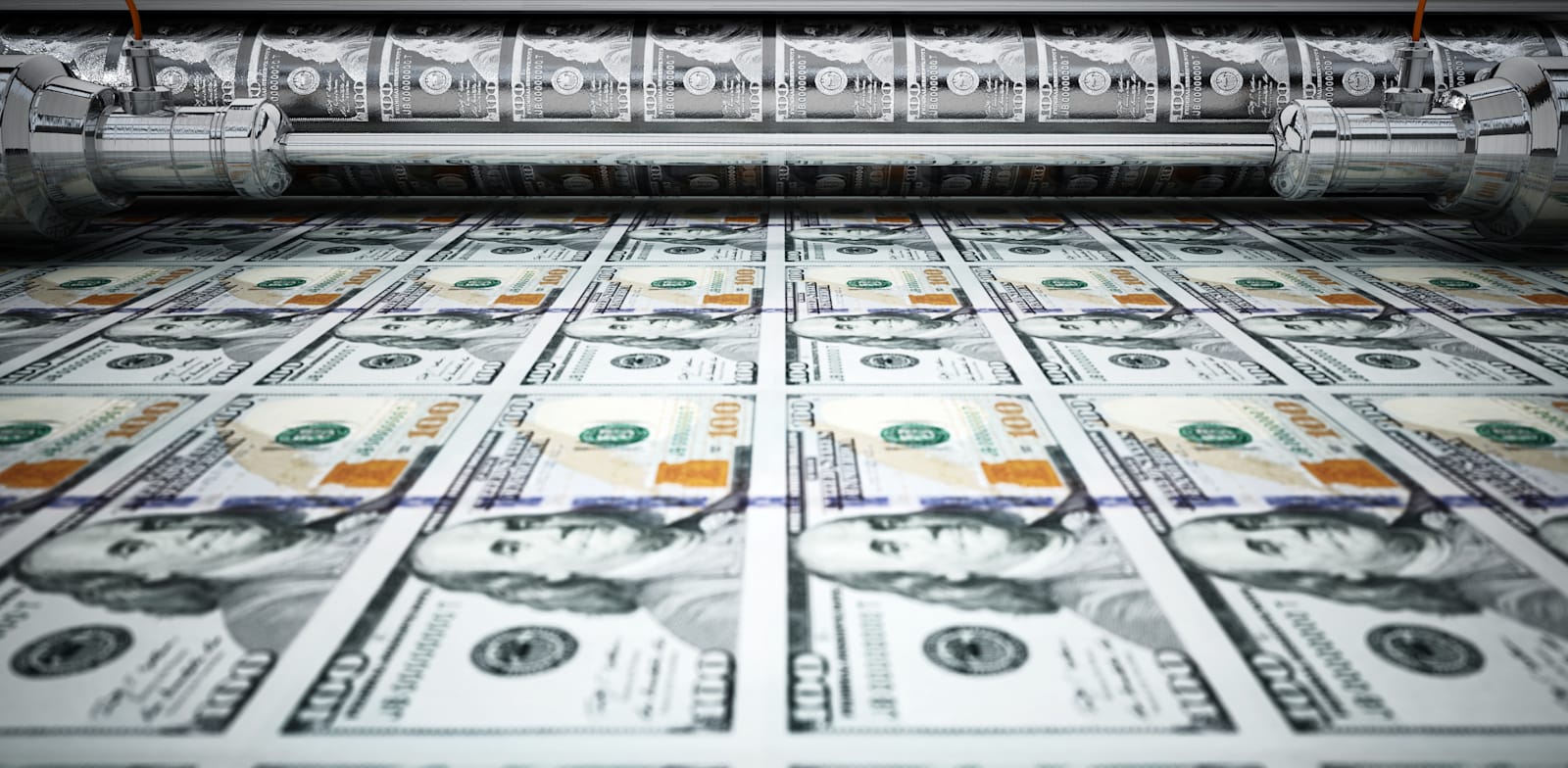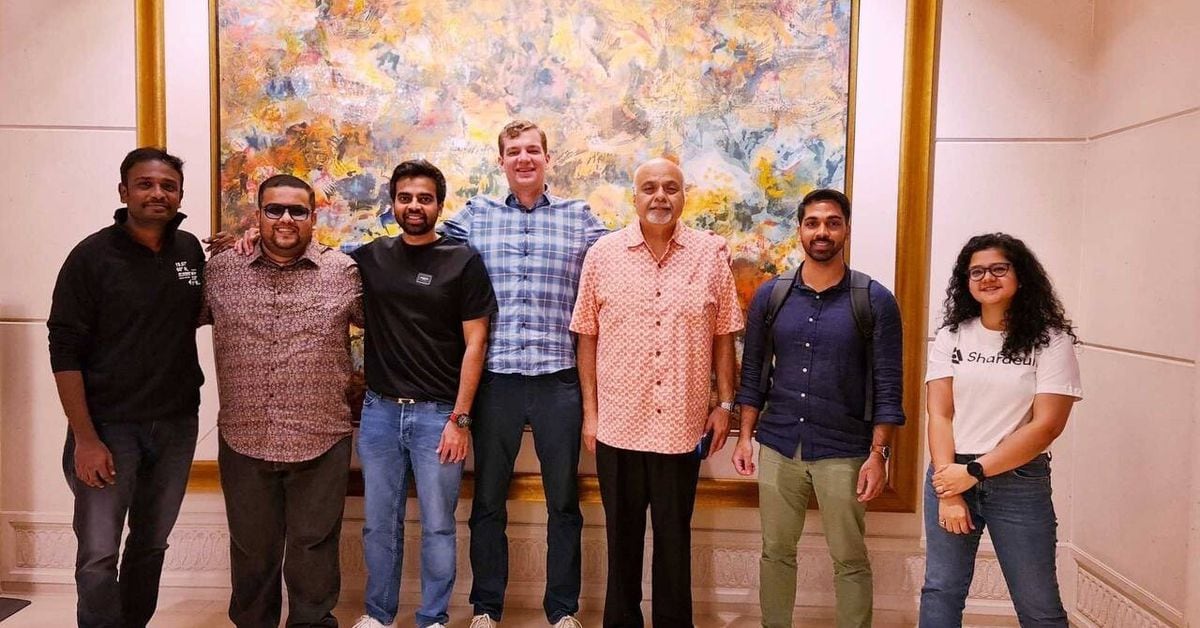Financial freedom is best described as a state that is attained when you have enough money to meet your day-to-day needs and your regular expenses, without having to rely on credit or debt. For those looking long-term, it could mean the state attained when you no longer need a regular income, as you are able to live off your investments.
An example of someone without this freedom is when they are forced to buy groceries on a credit card because they simply do not have enough money to pay for them until pay day arrives. On the flip side of the coin, someone who enjoys financial freedom is able to quit full-time employment and opt for either part-time or self-employment. “This person has enough money saved to maintain a comfortable lifestyle without the worry of potentially not having to rely on an income.”
Is financial freedom attainable?
Yes, financial freedom can be attained, but this freedom comes in many shapes and sizes. A comfortable lifestyle looks different to everyone – one person is happy with an income of R20 000 versus another person who needs R100 000. So first you need to have a picture of what financial freedom looks like for you, how much will you need to be comfortable and fulfil your desires.
How to reach financial freedom?
There are a variety of strategies that can be employed, depending on the person, their goals, income, and expenses. Here are my tips:
• Start with a clear goal and then set up a budget that reflects how much you can save every month.
• Depending on how much debt you have, it may make sense to prioritise paying off high-interest debt first.
• How much you can save will always be limited to your income, therefore finding ways to increase or supplement your income will stand you in good stead to reach your goal quicker.
• The idea is to build multiple income streams and for the income to be somewhat passive, at least in the end, where the income generated outweighs the time investment required to maintain the income (there are very few instances of truly passive income).
• The goal of financial freedom is a similar goal for someone saving for their retirement, but the difference is the time frame. Those saving for retirement often have a much longer period to save than someone that it is planning to enjoy some level of financial freedom at the age of 40.
Adjust your money mindset
Typically, one has to shift your mindset from one that involves chasing for more, to working towards enough. The idea is that once you settle on a goal of what freedom looks like, you have also marked the end of the race. Once you hit the target, and have gained the freedom, you are stepping off the treadmill to enjoy the time freedom you have unlocked. The focus now shifts to what you will use the time for.
Adopting a long-term mindset is essential since you will need to embrace delayed gratification. It is about opting not to spend the money now and instead stick it towards your goal. You also have to avoid the temptation of lifestyle creep – spending more as your earn more, often in the way of upgrading your lifestyle. If you maintain your current lifestyle after a salary increase you will be able to save more.
The road to financial freedom
The time it takes for individuals to reach their savings goal will ultimately be a function of their discipline, perseverance, and patience. The more you can earn and save, the shorter the time frame. That being said, avoiding mistakes – like the wrong investments, can also ensure that your progress is not delayed. At the same time, life happens, and you may have large, unexpected expenses, for example, a surprise child, which may add delays – but that’s the journey of life.
PERSONAL FINANCE
















